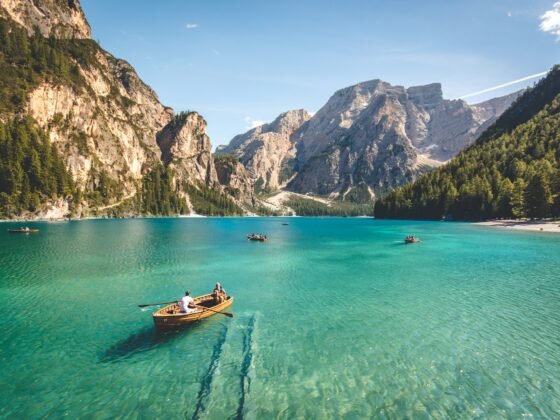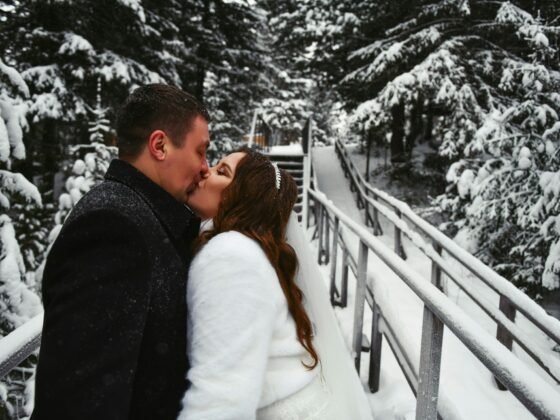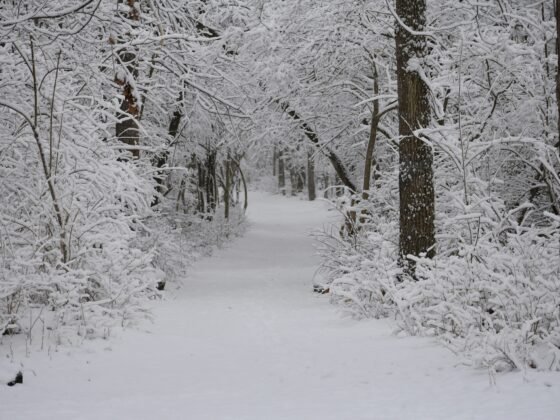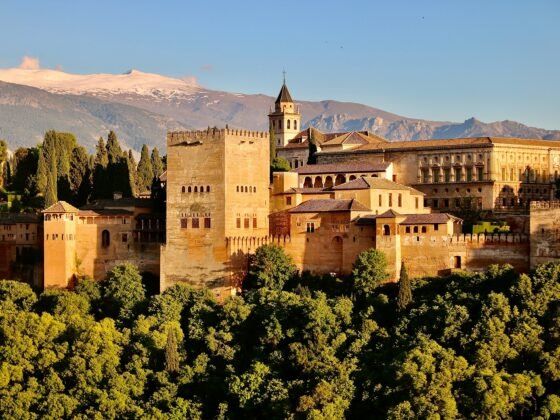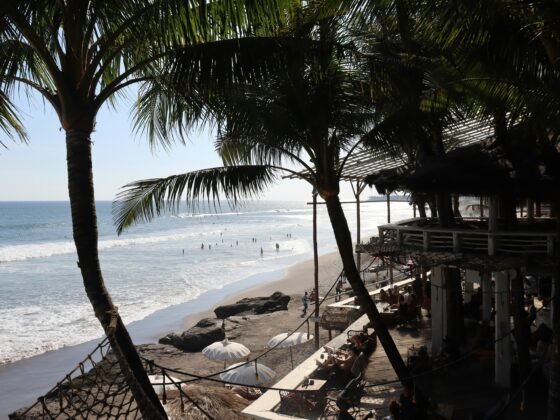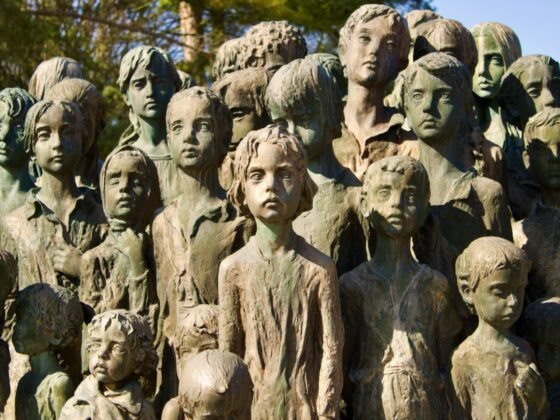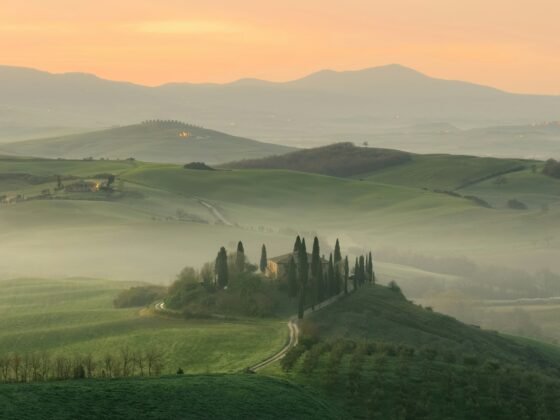
For over a year Australia and New Zealand’s borders remained closed, with very little access, due to the Covid-19 pandemic. That has now changed, with ordinary flights between Australia and New Zealand resuming on the 20th of April. Residents from both countries can now travel between the two without being required to undergo a two-week managed isolation period on arrival. This is game changing news for both countries, and the world.
What Was it Like Before the Travel Bubble?
Previously, only residents or citizens of the country were allowed in, with a few exceptions such as family of residents, and essential workers that were urgently needed in the country. Those coming in had to stay in a managed isolation hotel for two weeks, and undergo regularly testing, before being allowed back into the community. That is still the case for those coming in from countries outside of Australia and New Zealand.
Those on temporary visas, such as visitor, student or short-term work visas were not able to enter. Many visa types are still not taking applications at this stage. It was not possible to enter Australia or New Zealand simply for a holiday. If you wanted to return home you could, but even then, you would be waiting to book a slot in a managed isolation hotel before you could fly home. It was a lengthy and stressful process.
For those travelling into Australia or New Zealand from outside of those two countries, those restrictions still apply. Many visa categories are still on hold, and managed isolation is required upon entry, regardless of which country you travel from, or if you have had a test.
What Does the Bubble Mean for Australia and New Zealand?
Because Australia and New Zealand have handled the pandemic so well, and have maintained very low case numbers for a long period of time, it is now safe to open borders between them. The risk of spreading covid through others entering the country, from either of those countries, is now considered an acceptable risk.
Those coming from Australia, even to live, or New Zealanders moving to Australia, no longer need to isolate. There were a number of families waiting for the border to open between the two before trying to fly home, because of the stress, cost and waiting times of managed isolation. Australians and New Zealanders wanting to enter either country can now do so, for short- or long-term visits (subject to the usual pre-covid immigration requirements).
This means that holidays are back on the table. This is major news, and will help the economy significantly in both countries, especially in the tourism sector. Australians make up the largest portion of visitors to New Zealand each year, and New Zealanders are the second largest portion of those travelling to Australia (slightly behind China). The tourism industries in both countries, as well as worldwide, have been struggling this past year.
Travelling between the two countries is now as simple as buying a ticket and hopping on a plane. Masks are still required in airports and while on the flight, for passengers and crew. Social distancing is also maintained where possible. There is no longer a managed isolation period, and no testing at the border on arrival, although temperature checks may be taken.
Insurance providers like Easy Travel Insurance are also offering Covid / Coronavirus cover for many Covid related travel risks.
Already, flights are being booked and taken between the two countries, and interest in Trans-Tasman travel remains high. Travel agencies and governments are expecting travel from one country to the other to return to pre-covid numbers within the next year.
What Can the World Learn From the Trans-Tasman Travel Bubble?
Many governments are looking on with interest, to see how this travel bubble works. It’s not quite the first of its kind, Taiwan opened a travel bubble with the island of Palau recently, but many have praised, and look up to Australia and New Zealand’s covid strategies. The success of this travel bubble will no doubt lead to new travel bubbles around the world.
Australia is already in talks with Singapore to form a travel bubble with them soon. New Zealand is discussing future travel bubbles as well, with nearby islands such as Rarotonga.
More travel bubbles should start popping up throughout the next year or two. There is still a way to go before Australia and New Zealand open up to places like the US and UK. A lot is hanging on how successful vaccination programmes are overseas, as well as in Australia and New Zealand, who are both still working through their own vaccine roll outs.



